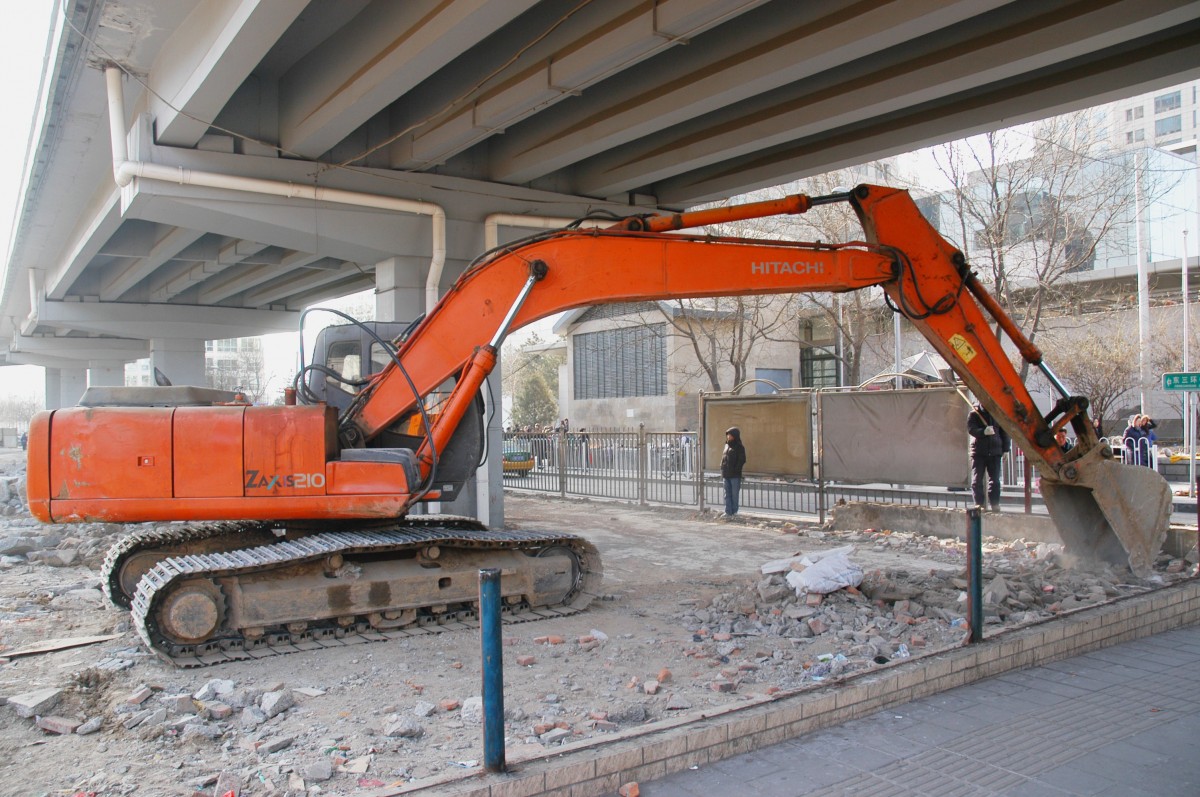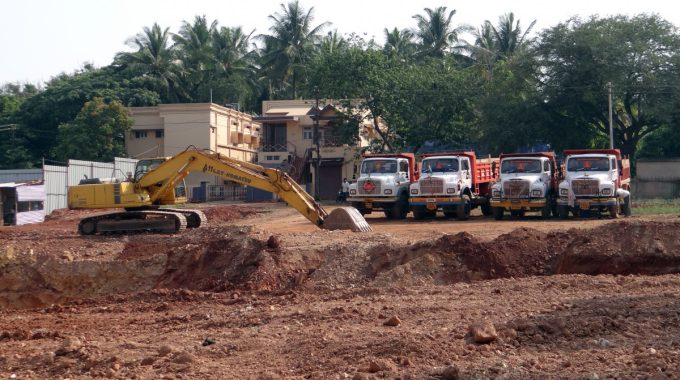The Key Steps of a Construction Site Follow-up
Whether it is a question of major demolition work on a building, the refurbishment of a house or the interior renovation of an apartment, site supervision is an essential process. It allows you to plan, verify and control the organization, execution and progress of a construction project.
But what is a site follow-up? Who is in charge of it? What are the main steps ? This article answers all your questions about site supervision!
What is site monitoring?
Site supervision encompasses all the major tasks aimed at planning and ensuring the smooth running of a demolition, construction, renovation or development site during its completion.
What are its objectives?
A follow-up of a construction site generally aims at checking a certain number of points in parallel of the realization of work:
-
Respect of the specifications and the pre-established budget;
-
the good keeping of the deadlines and the planning of the building site;
-
the application of safety standards and environmental measures: limiting the impact of the construction site on its environment, in terms of waste production, energy consumption, noise, visual and vibration pollution, etc.
Site supervision is an essential pillar to control and supervise the progress of the work and to ensure that the construction delivered will be in accordance with what is stipulated in the contract.
Who is in charge of the follow-up of the construction site?
To carry out a follow-up of building site implies many competences, organization and rigour in order to anticipate possible unforeseen and to ensure the good progress of work according to the calendar and the planning of building site.
In general, it is the project manager who ensures the follow-up of the building site. In direct contact with the different teams and the professionals of the building and public works industry who intervene on the building site (craftsmen, works manager, etc.), the project manager has to organize regular meetings during the building site to take stock of the progress of the works, the quality of the realization, and to manage and plan the next actions to be carried out.
How does a construction site follow-up take place, step by step?
As you have understood, thoroughness and good organization are essential qualities for the successful follow-up and management of a construction site.
Mobilizing resources
First essential point: identify the essential resources (material, human and vehicles) for the good progress of the work, as well as their good management and allocation.
A good resource management gives a global vision of the progress of the site (or sites). This allows you to plan and adapt your progress according to the tasks to come. Good materials management also allows to avoid any surplus of stock and additional and potentially avoidable expenses. For that, it is essential to manage and plan correctly the supply of materials, their delivery and the storage conditions on the building site.
Follow the installation of the site
The preparation of a construction site aims at anticipating the beginning of the works in the best possible way and to take all the necessary measures for the safety of the various actors of the project.
The installation phase also allows for the proper definition of the SIP Construction Schedule, a document that optimizes and organizes the site space and the flow of materials, vehicles and people working on the project.
This document, usually prepared by the company responsible for the structural work, brings together a number of key elements including:
-
the background plan (the topographic plan and the ground plan);
-
the base of life (the covered spaces put at the disposal of the actors of the project for the reception, the rest, etc.);
-
distribution networks (electricity, water and wastewater, gas, telephone, etc.);
-
Equipment storage areas (location and surface area of storage spaces);
-
the general elevation (height or altitude) of the installations of the work and the location of the various machines and means of lifting (type carts, cranes, hoists, etc.);
-
Details of the fences (dimensions and heights) to close the site to the public;
-
details of pedestrian and vehicle traffic zones, parking areas;
-
environmental management (storage area for polluting waste, sorting area, treatment area, etc.).
The preparation of this document is essential for the administrative authorizations of the construction site to be accepted.
Establish accurate schedules
The site schedule is an essential document to plan the work to be done and to ensure the smooth running of the site. It optimizes:
-
order management,
-
deliveries of materials,
-
the daily missions of each of the stakeholders.
The elaboration of schedules coordinates the various trades, smoothes the progress of the various tasks and avoids delays in the final delivery.
Plan the site meeting
Just like the schedules, the site meetings are essential to control the good progress of the sites, to put forward possible difficulties and to find the most adapted solutions.
This kind of meeting is also the opportunity to put in relation all the actors of the building site (contributors, craftsmen, or subcontractors, site manager, customer, etc.) in order to make a point on the expectations of each one and to establish a dialogue in case of dispute.
Visit the site regularly

Site visits usually follow the site meetings. Everything that has been discussed during the meetings is then checked, studied and observed during the visit. The visits aim first of all to control the defects and the possible errors to avoid future defects. It is important that this follow-up is documented by before/after photos and annotations in order to synthesize the information noted and to give an account of the situation of the building site in real time.
Site visits are also an opportunity to ensure compliance with quality, hygiene, health and safety (QHSE) standards. The aim is to limit the risk of accidents and the environmental impact of site-related activities.
To make a report on the work site
This informative and non-contractual document written by the project manager allows the different actors of the project to know the general state of the project (progress, strengths, weaknesses, problems, etc.).
For example, the minutes of a previous visit can be reread before each new meeting in order to set up new strategies or operating methods more adapted to the reality of the site.
Which tools for the site monitoring table?
For an optimal construction site follow-up, it is important to use the right tools. This saves time and facilitates the transmission of information to the different actors of the construction site.
Many companies and professionals of the building industry use an Excel table to materialize their follow-up of building site, because it is a simple and practical tool. On the other hand, Excel presents some limits, like a certain risk of error and a time-consuming character related to the manual seizure. It is therefore a simple tool to use, but lacks a little flexibility
Some companies or other construction professionals prefer to use other management and site monitoring software such as Timetonic in order to optimize their time management and facilitate the sharing of information.

